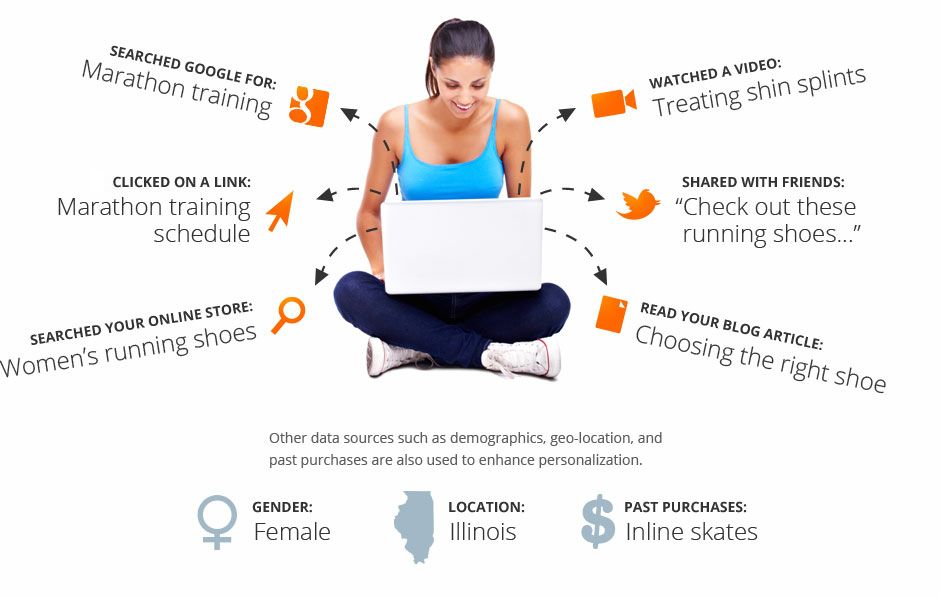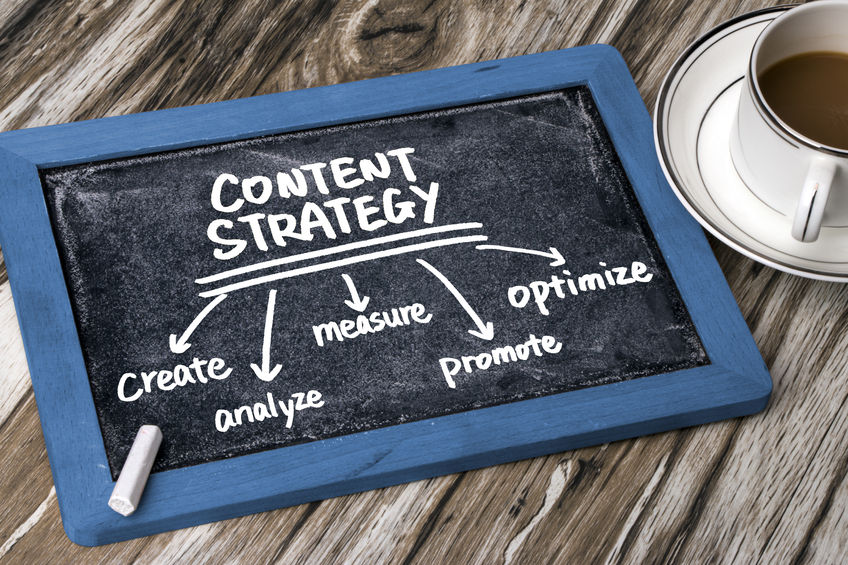How To Define Your Target Market

As a blog owner with a specific niche you’re likely writing all your content with a type of reader in mind, right? Well, if you’re not, you’re making a big mistake because the key to successful content marketing, or blogging, is knowing how to define your target market.
You can’t afford to write without a goal or an audience in mind. As a result, we’ve created this post which will explain the meaning of target audience, target marketing, as well as how to define one, and the benefits of doing so.
Here it goes.
What Is Target Marketing
Before going into the deep end with target marketing, let’s check out the meaning of target audience.
Your target audience is the specific group of individuals to whom your content should be aimed. While many bloggers write with one specific group in mind, you may find that your content can be directed to a variety of people.

Target marketing is when you break down your chosen market into groups and then focus specific aspects of your marketing on the individuals within that group.
“Why”, you ask? Because with it, you’ll be sure to create the right content, for the right people, and also better understand your audience to optimize any future posts.
You’ll also be able to reach the best, most relevant audience to your brand. By reaching the right target audience, you’re more likely to engage with them, thus increasing leads, and in turn, sales.
How To Define Your Target Market
To define your target audience, you first need to understand them. Start the process off by asking yourself:
1- What Problems Does My Brand Solve
Look at your currently published blog posts and look at what questions they answer. Each piece of content must add value to a customer’s experience on your blog.
For example, by the end of this post, you should understand what a target audience is, how to define yours, and the advantages of doing so.

Once you know the objective of your blog, you’ll be able to identify the type of clientele you are currently serving.
2- Who Are My Current Readers
You can learn about your current readers in the analytics section of your blog. If you don’t already have one, we recommend you download one of the many free plugins that will give you insights as to who is visiting your online platform.
Alternatively, you can use an analytics website like SEMrush to create a full audit of your blog. It’s a great way to establish your audience’s demographic, age, location, preferred search engine, and even how they landed on your website, among other statistics.
If you use Facebook, Twitter, and other social media platforms to share your content you may also get a better understanding of your audience from the insights section of each channel.
3- Who Are My Competitors
One of the best and easiest ways of defining your target audience is to look at your competition. Consider other online publications that you admire or go to for inspiration regarding new content for your niche.

Look at which of their posts are attracting the most traffic as well as comments, shares, and likes. By looking at your competitors you may even identify a niche they’re overlooking that you could cover on your own blog.
4- What Will My Readers Gain From My Content Rather Than A Competitor’s
Now that you know what your readers gain from your content and who your competitors are, you must look at what your readers gain from reading your content rather than any other. What makes you stand out from the crowd? What is your Unique Selling point (USP)?
What differentiates you from the competition is what will really help you define your target market. Your USP is what your target market is looking for, so define what that is and learn about who stands to benefit from it.
Understanding Your Target Audience
Now that you have identified your audience, you need to truly understand them. You must learn as much as possible about your audience and constantly research shifts in their preferences, demographics, needs, and dislikes in order to always provide a high-quality service.

The best way to learn about your audience is to put yourself in their position. Start by attending events and other activities where you can interact with them. You can also use social media to truly engage with them and gather valuable data through various analytics platforms.
The Benefits Of Identifying Your Target Audience
The key reason you must know how to define your target market is that marketing and sales no longer has a one-size-fits-all approach. This mentality is not focused enough for you to truly reach the readers you want on your platform. Here are some other benefits:
Craft Your Content Strategy
Selecting the right target market will make it easier for you to create the right content strategy for your blog. If you know who you are writing for, you’ll create content specifically for them. If you don’t know who you’re writing for, you’ll lose focus which will, in turn, affect quality.

Focus On Profit Potential
Imagine how much time and money it would cost you to reach everyone with your content. Identifying your target audience will help you focus your efforts on readers that are most likely to engage and buy your product or service. Basically, those with the highest profit potential.
Effectively Compete In Your Industry
By identifying and focusing on your target audience, you’ll be able to compete successfully within your industry.
You will have the tools to focus your marketing efforts on a smaller, like-minded part of your industry, allowing you to better serve a specific group of individuals compared to your competitors.
Final Thoughts
Learning how to identify your target market is an essential part of your business, no matter what the industry. With that knowledge, you can better reach, connect, and engage with the right people.
While defining your target audience is crucial, do not forget to go that step further and immerse yourself within that group of people in real life and on social media. The more you learn, the better you will tailor your content to meet their specific needs.
Resouroces

